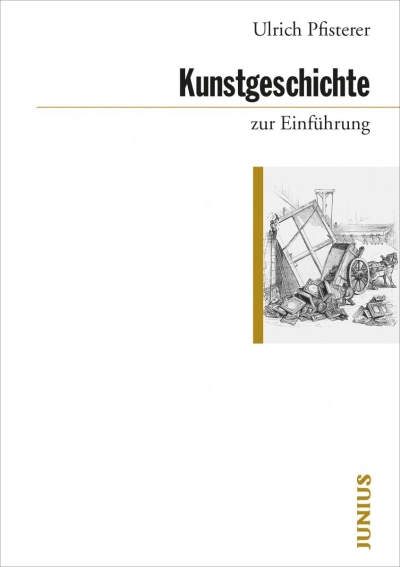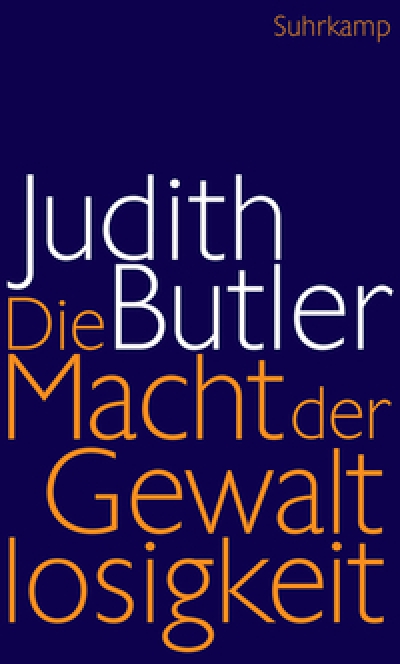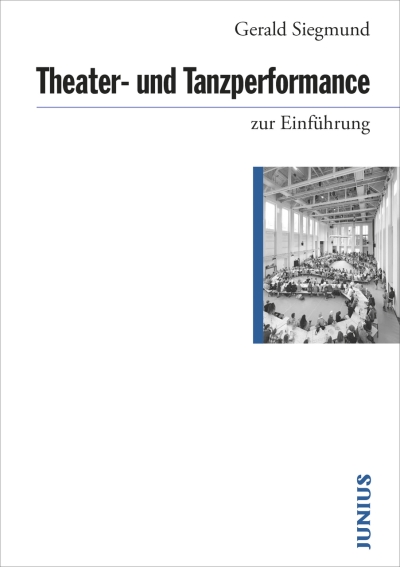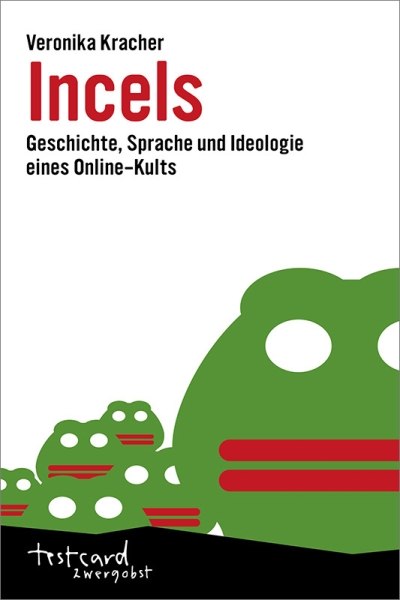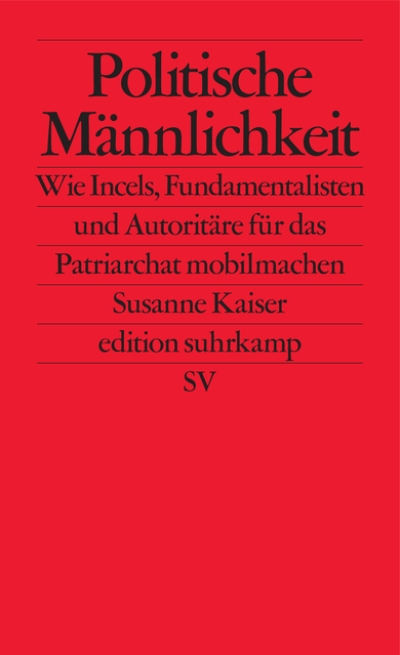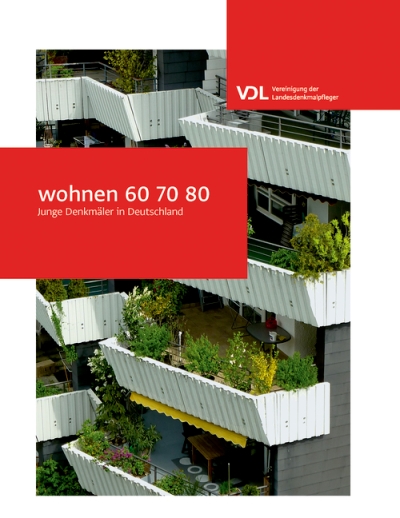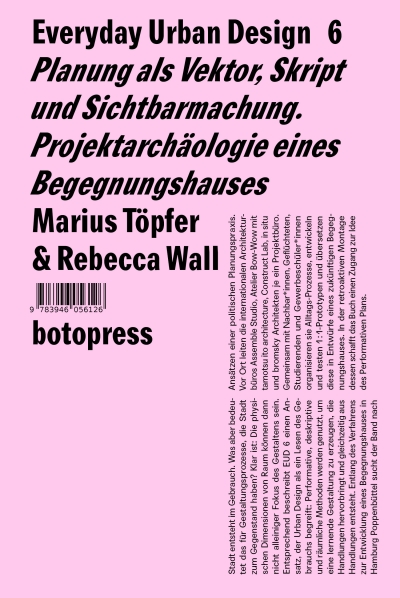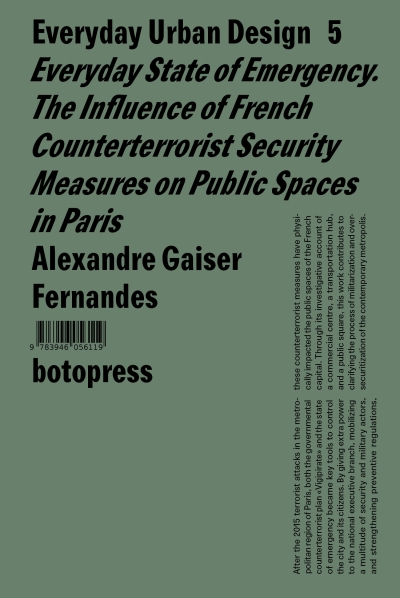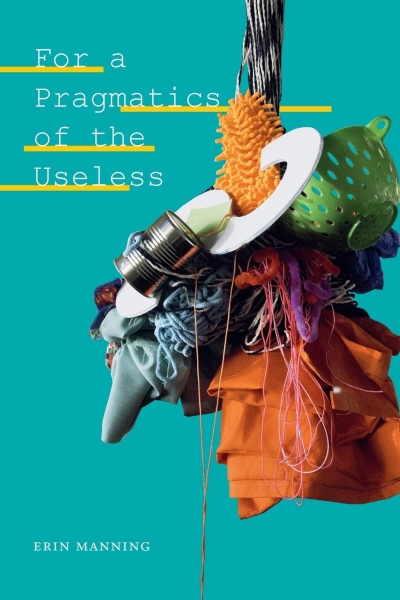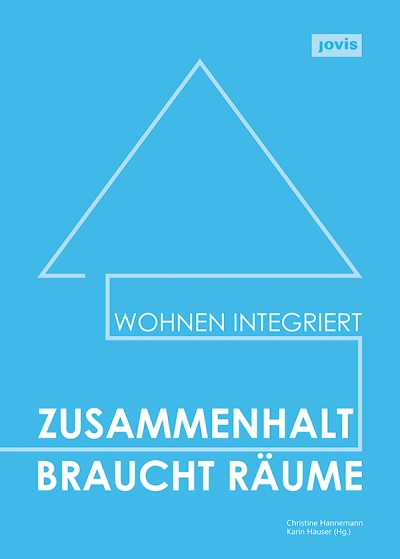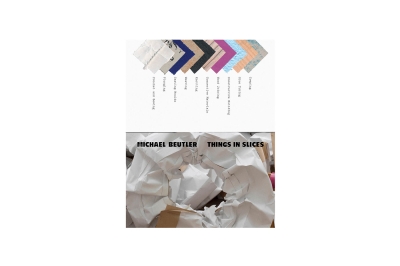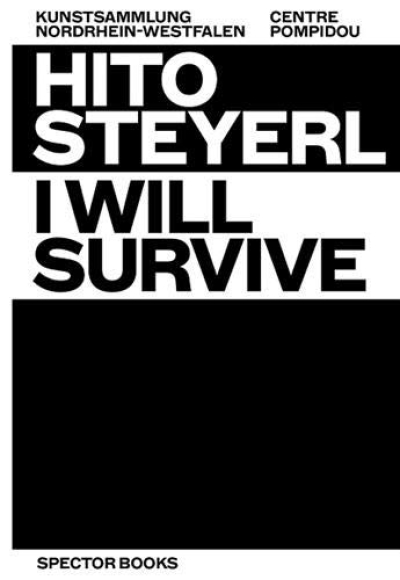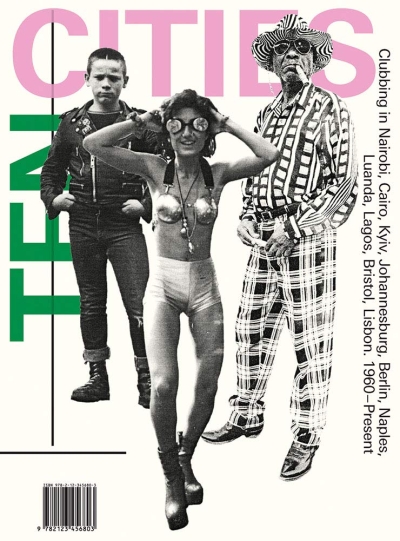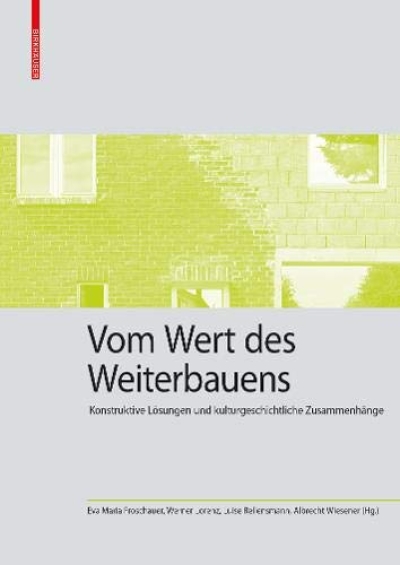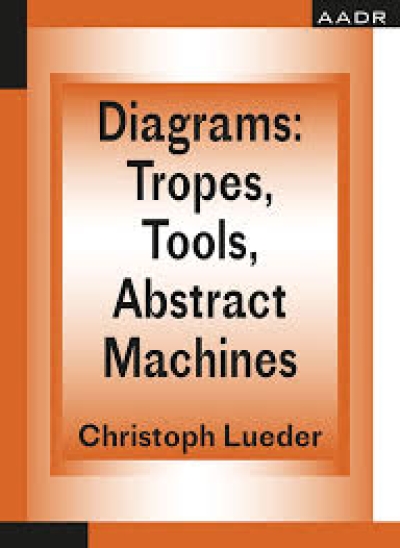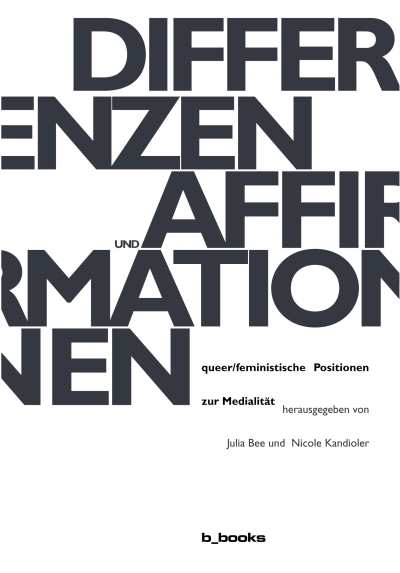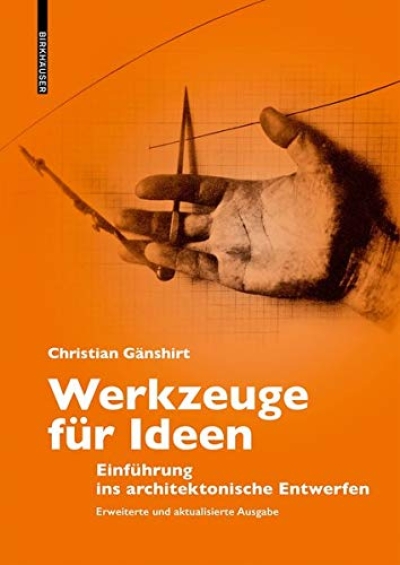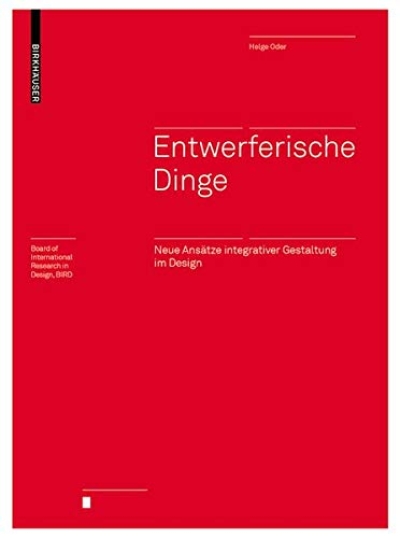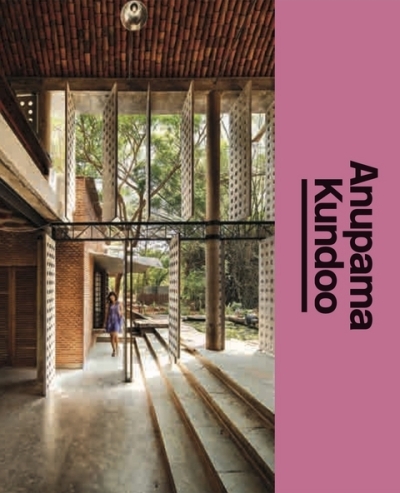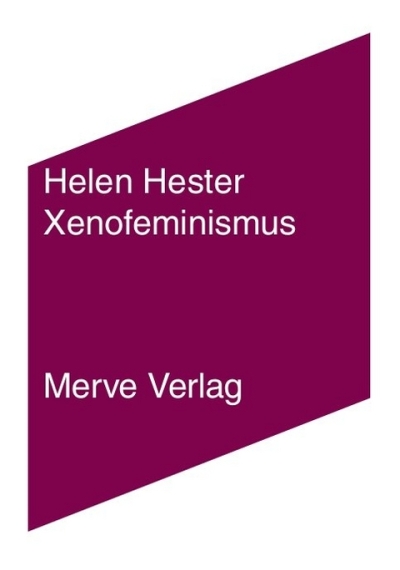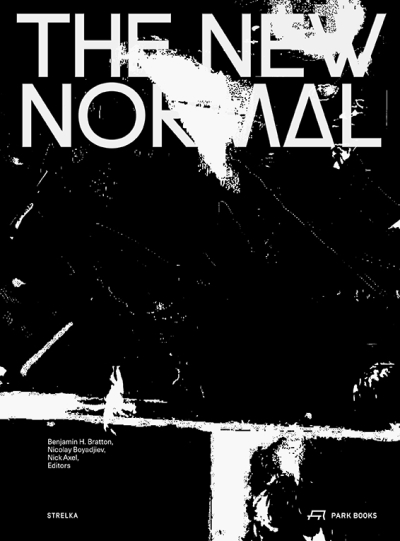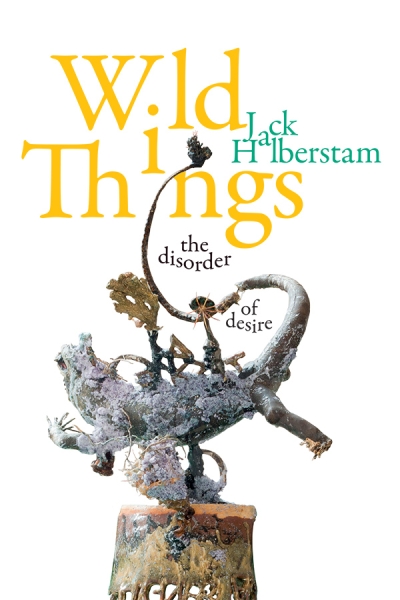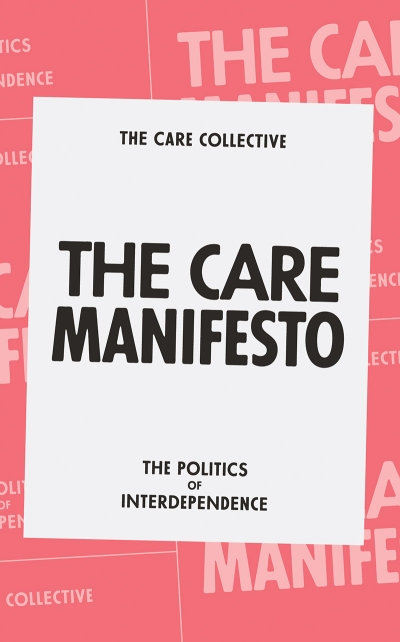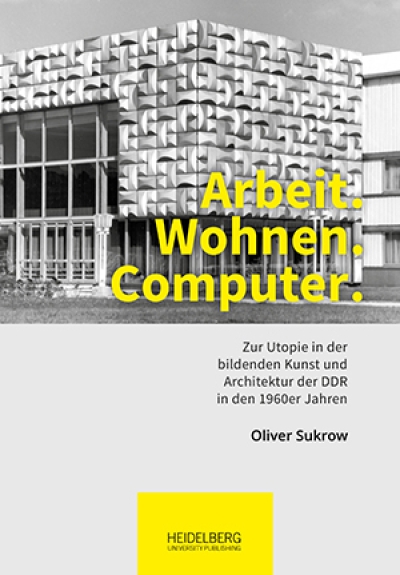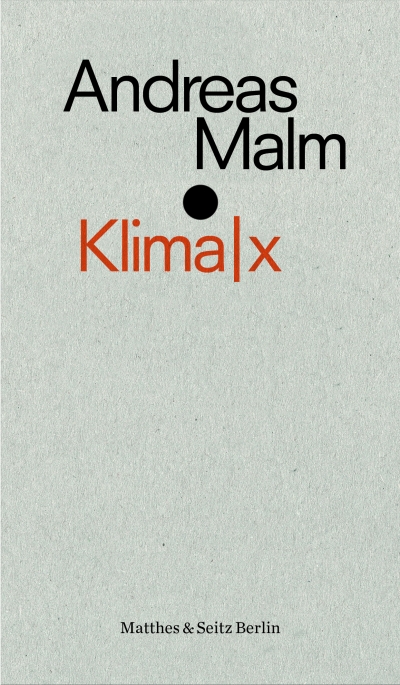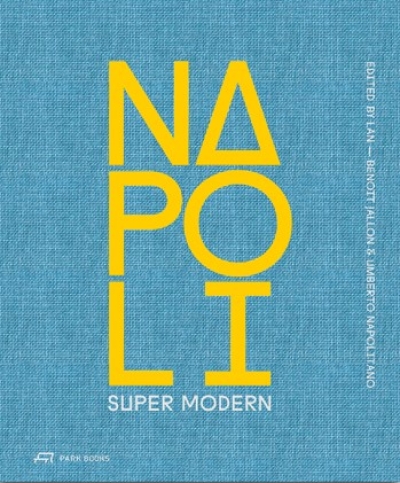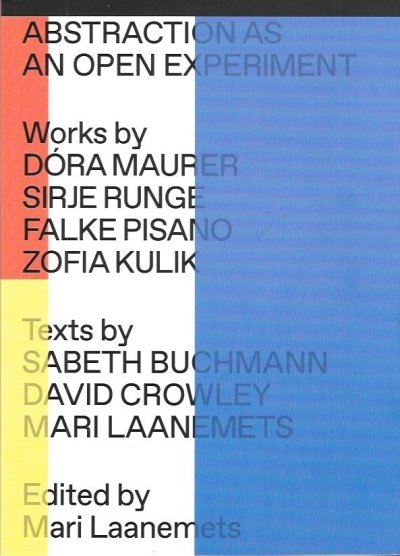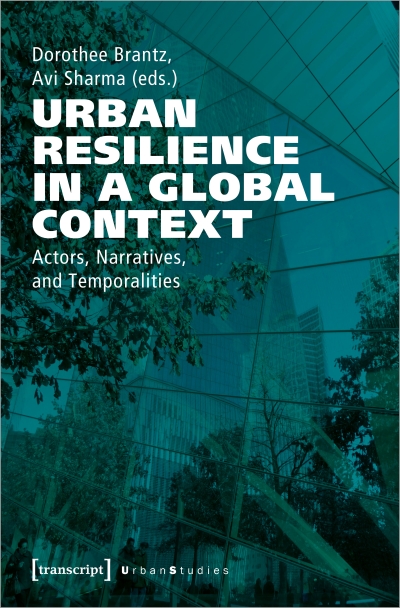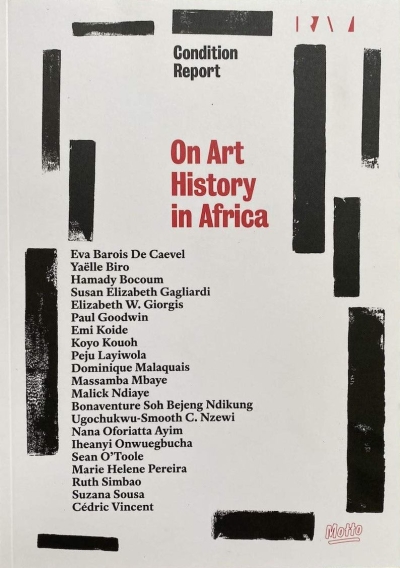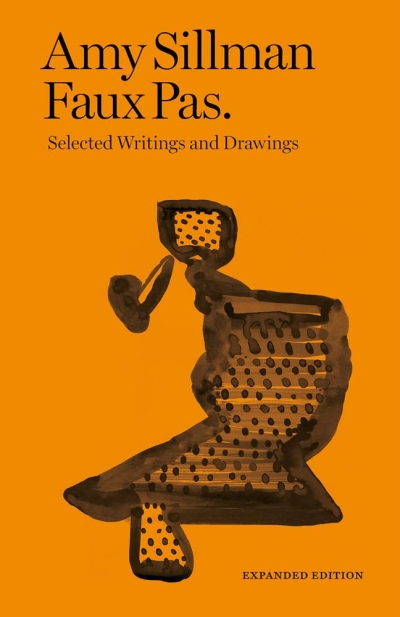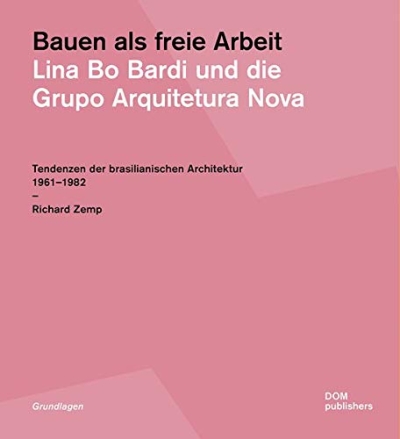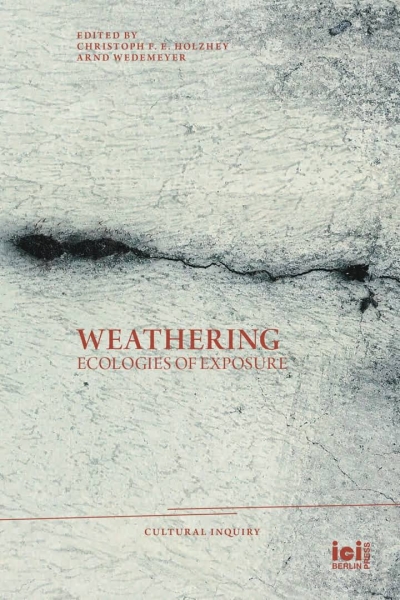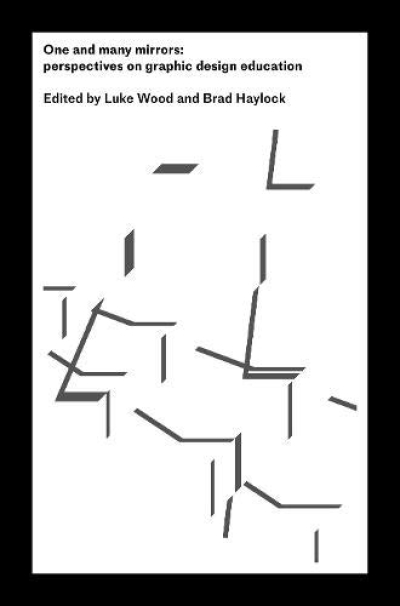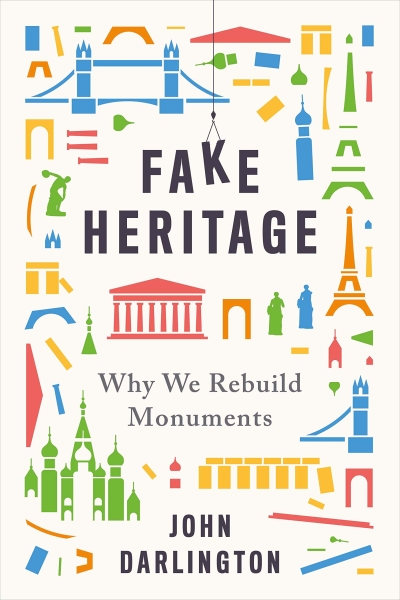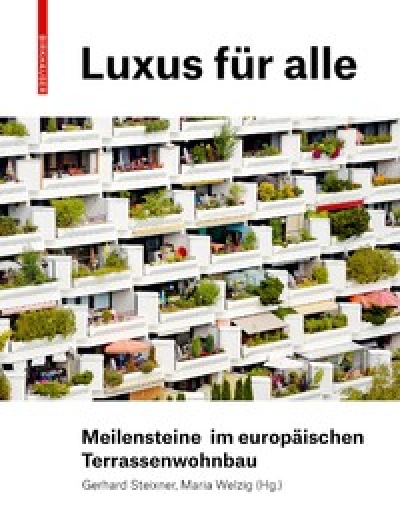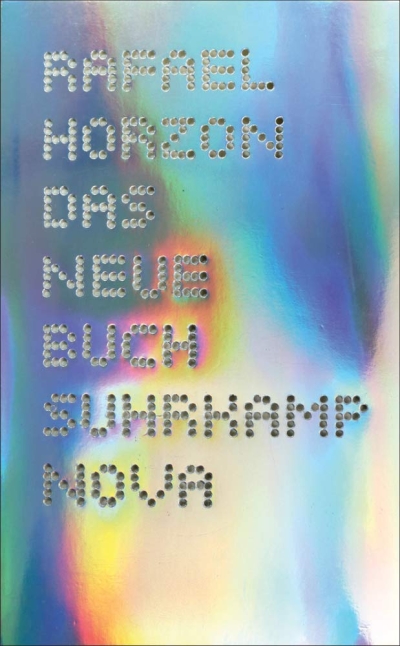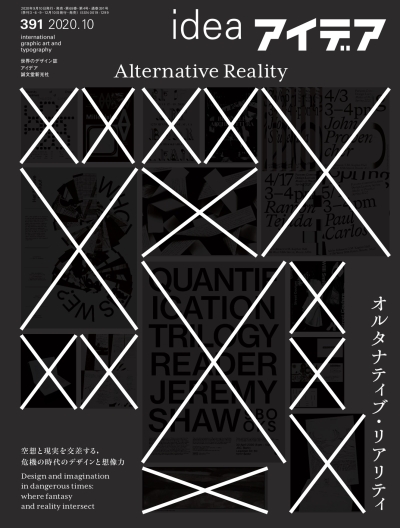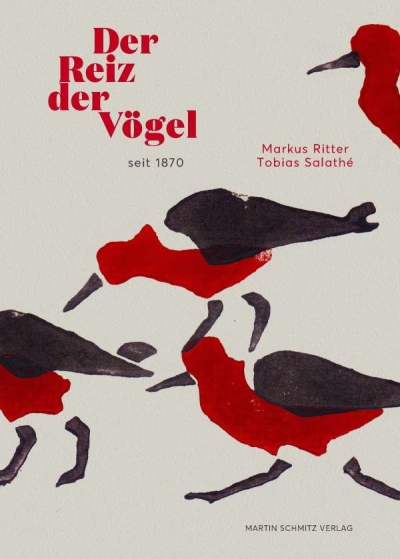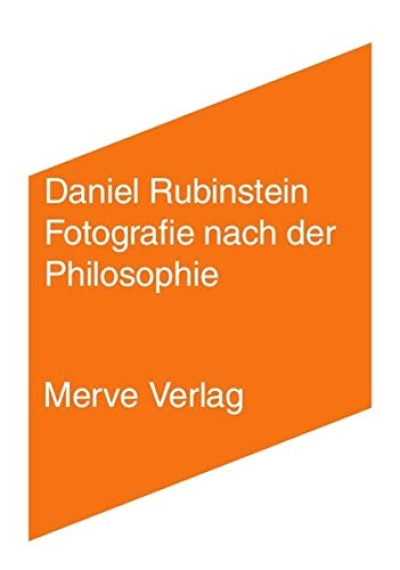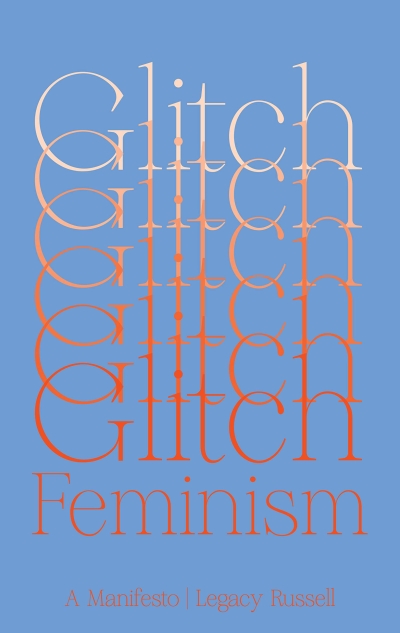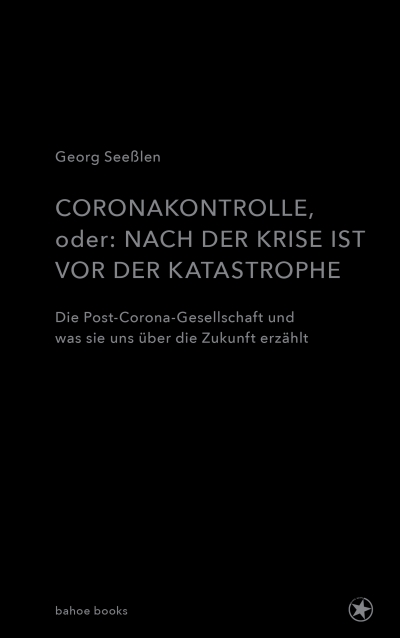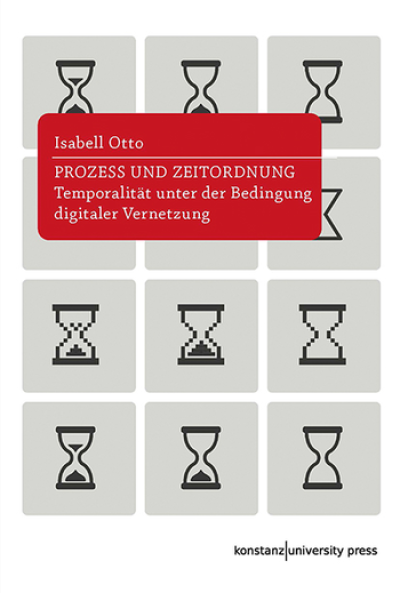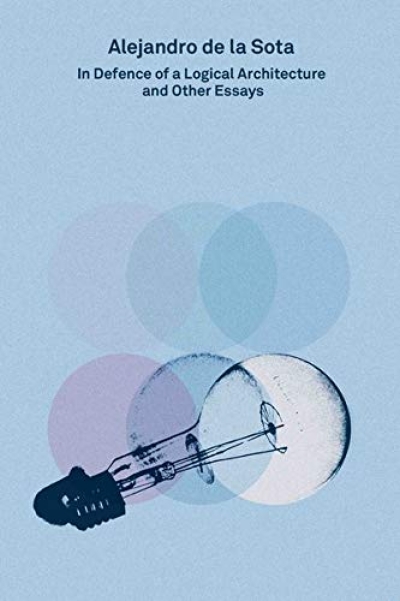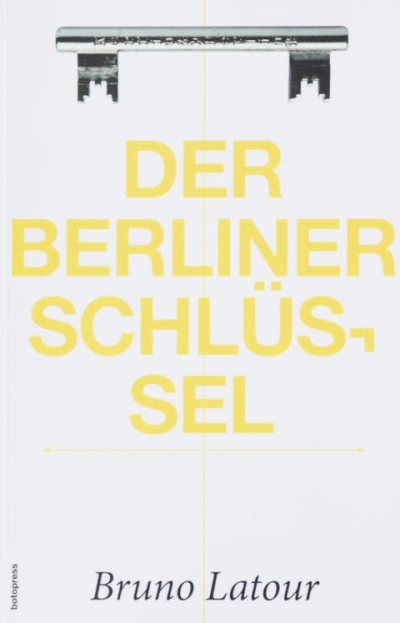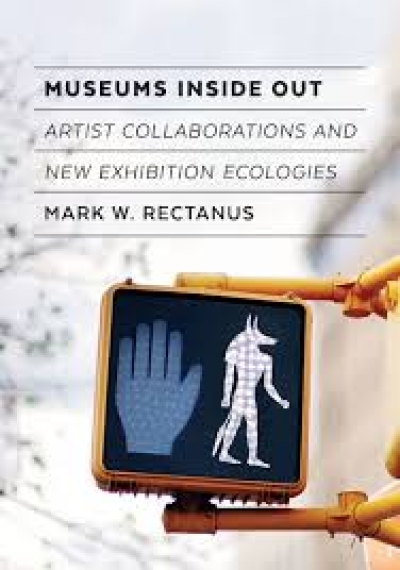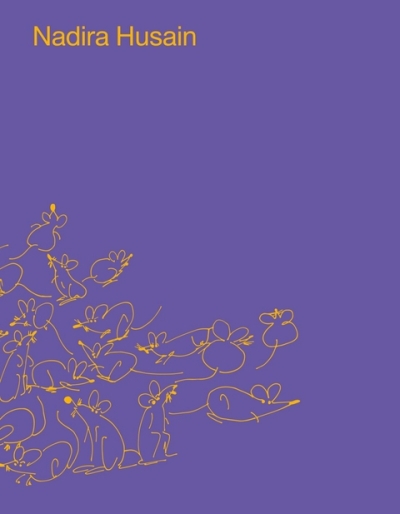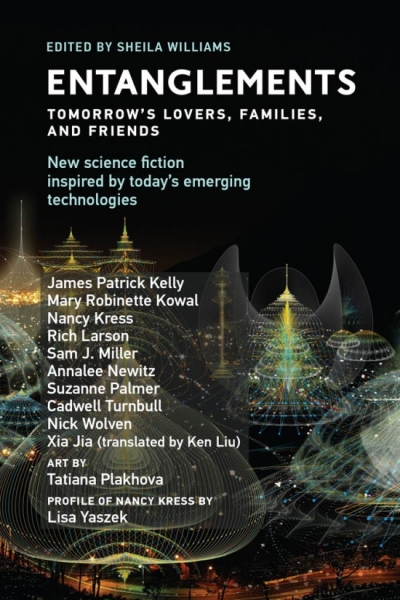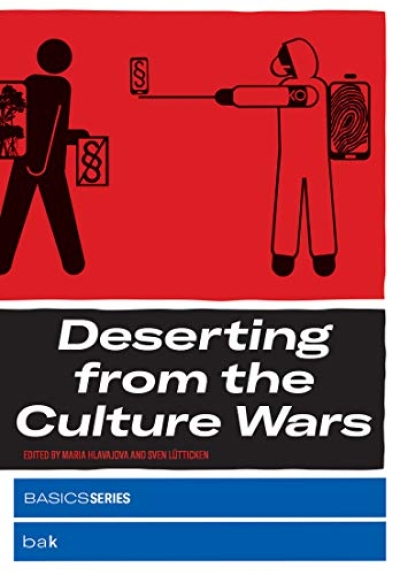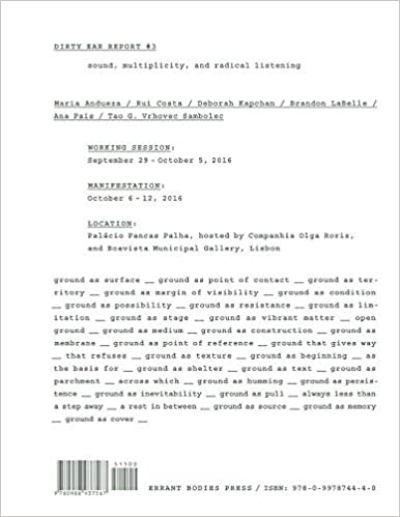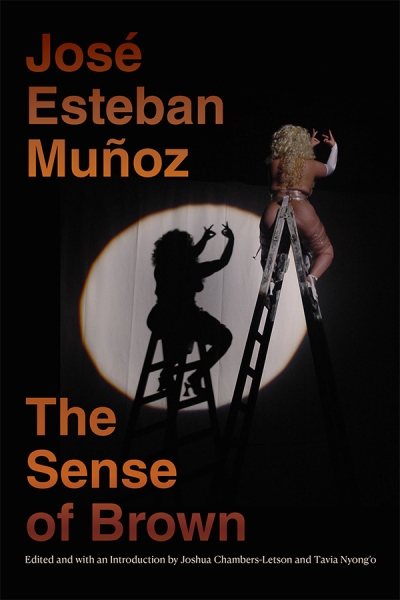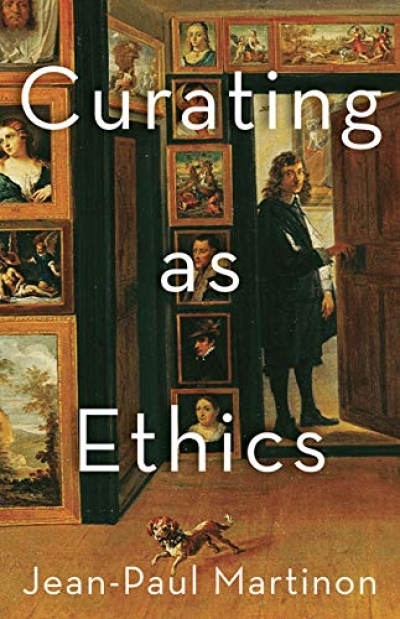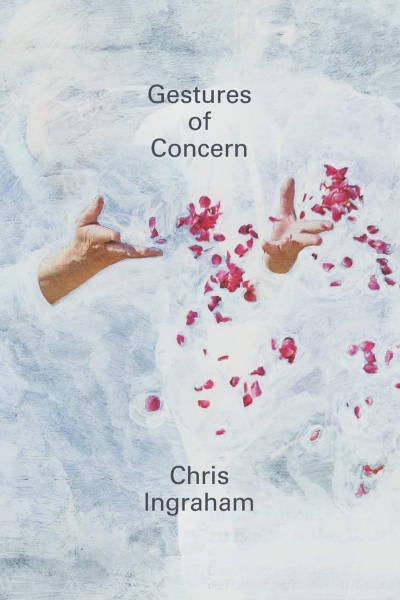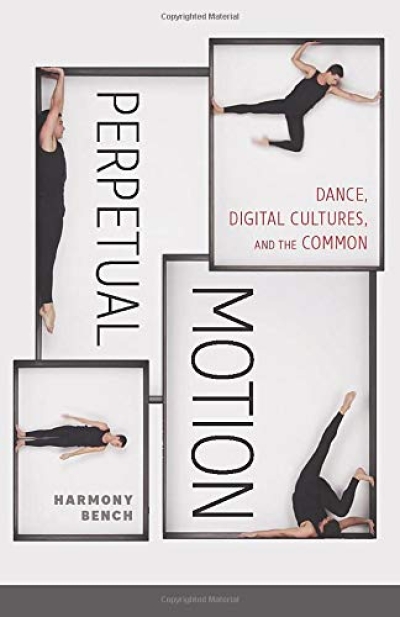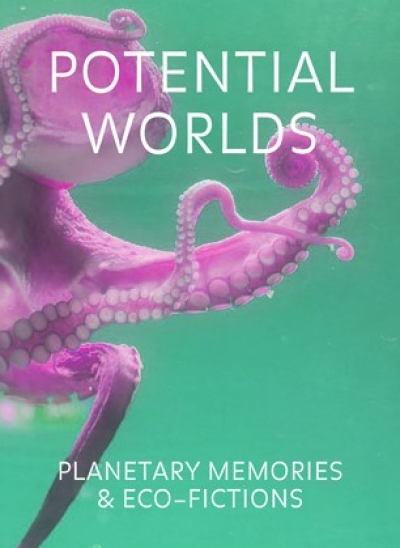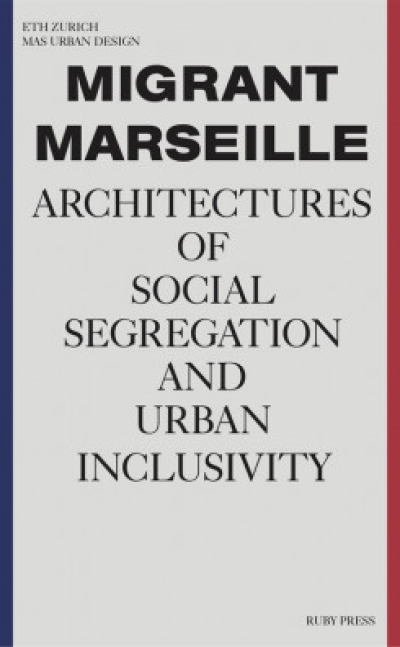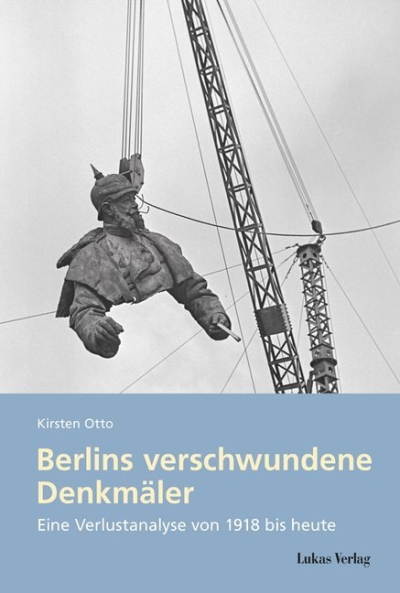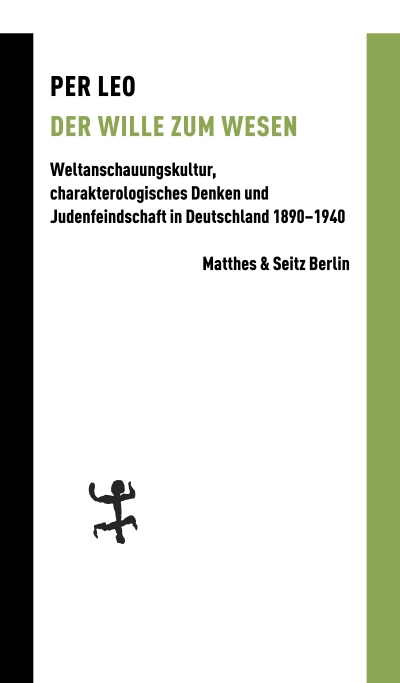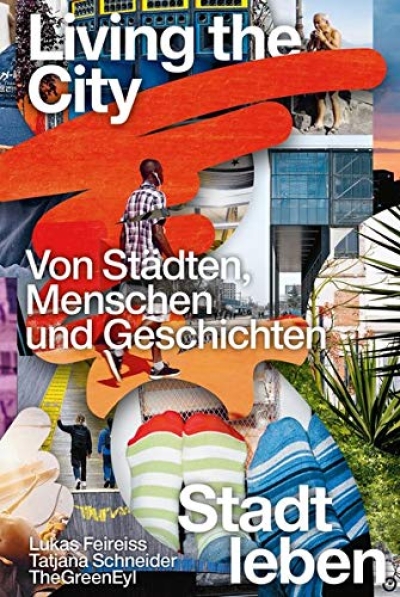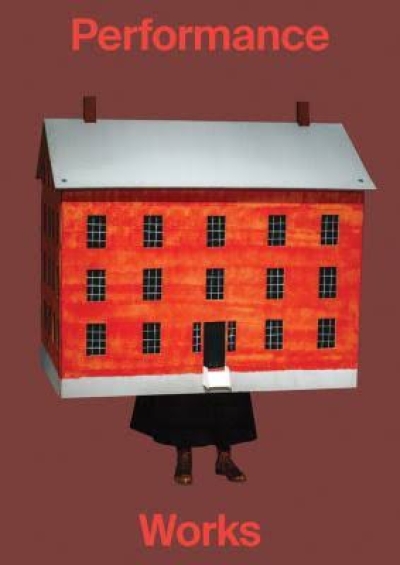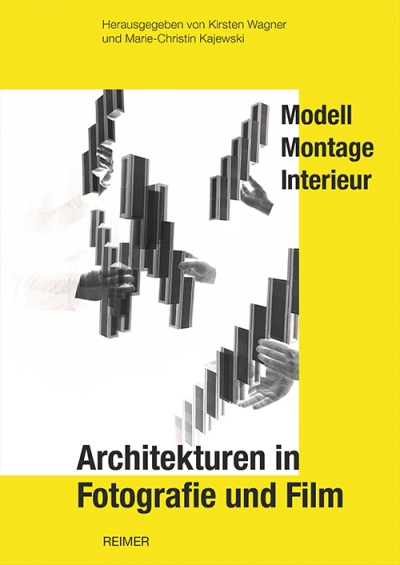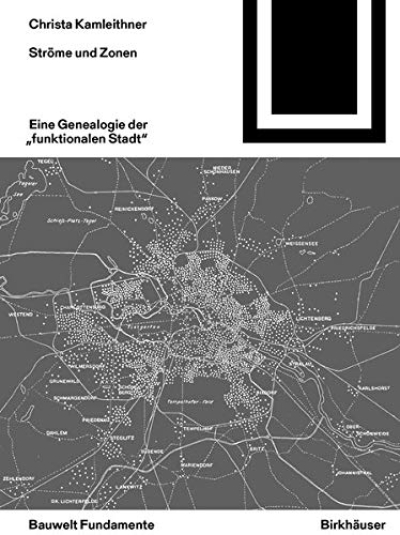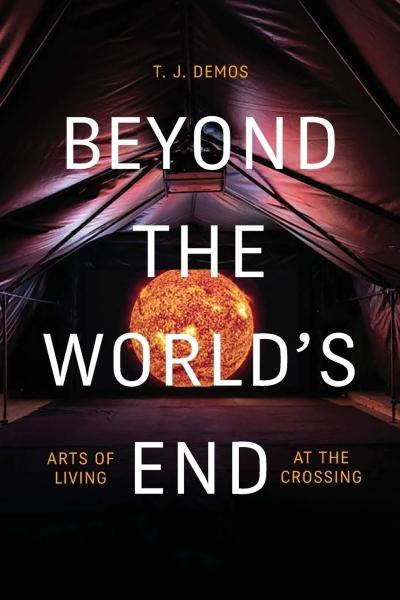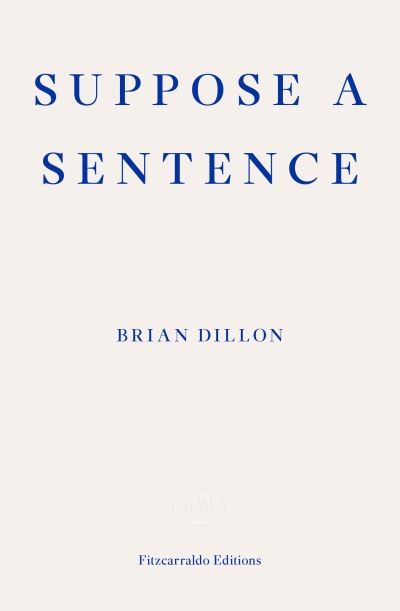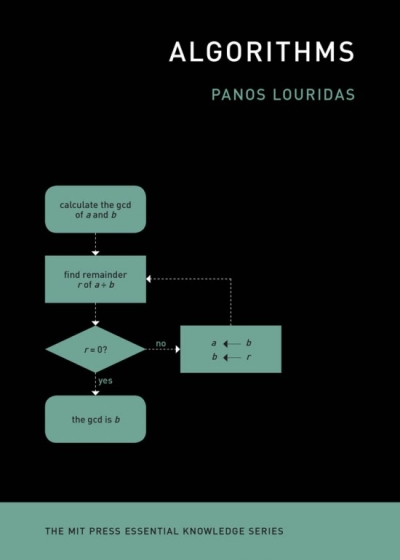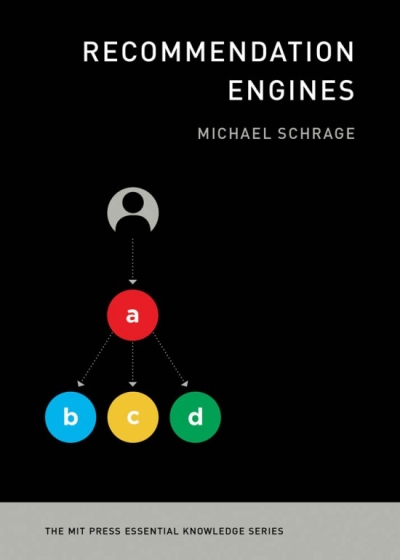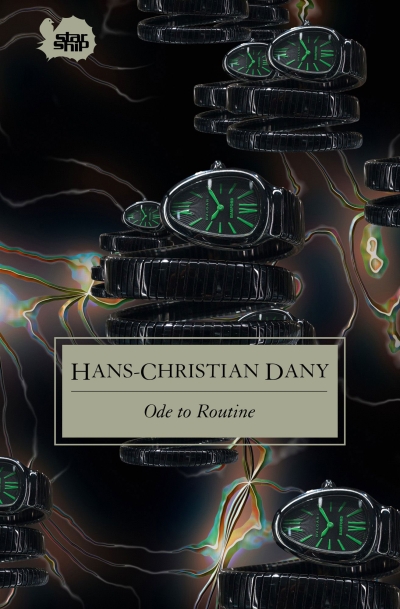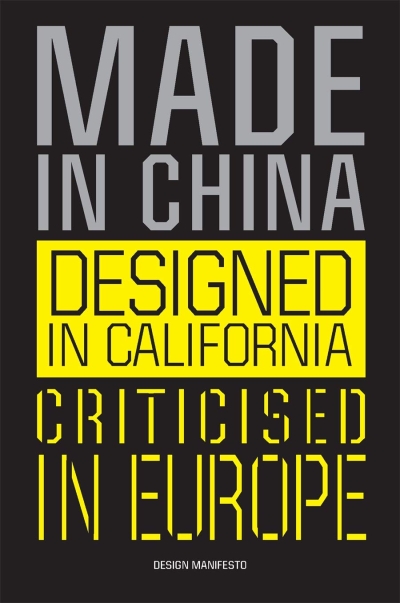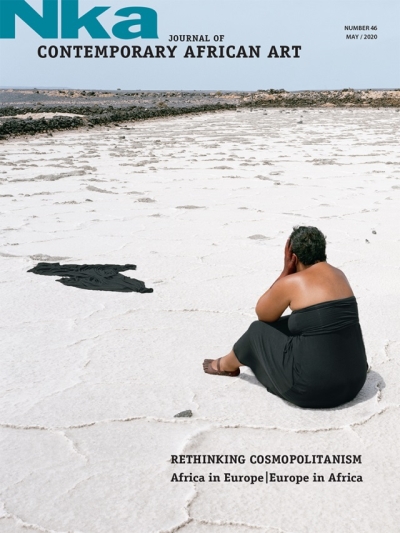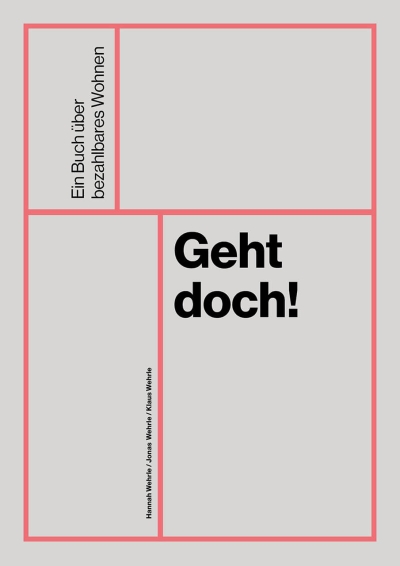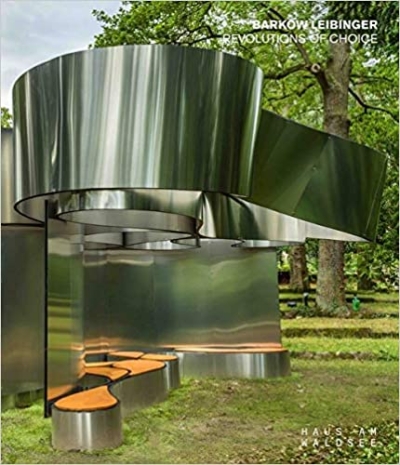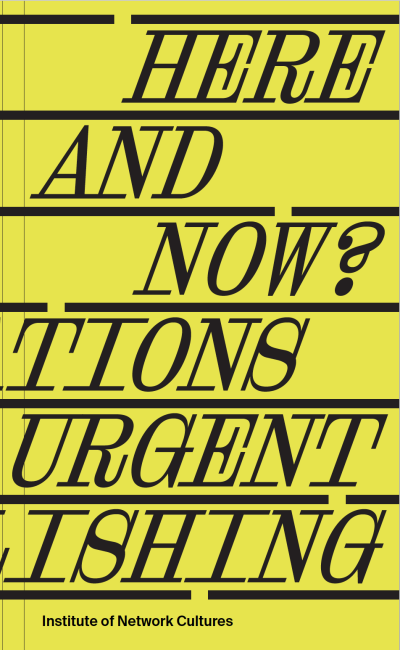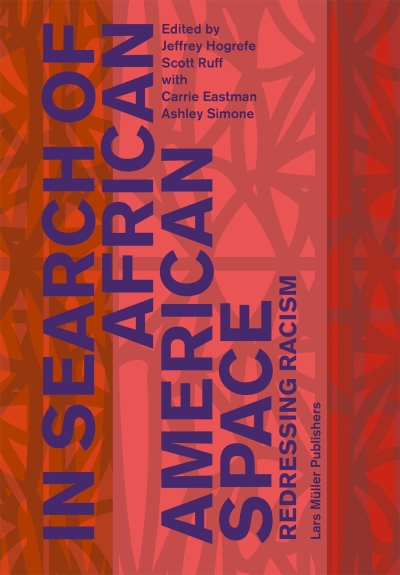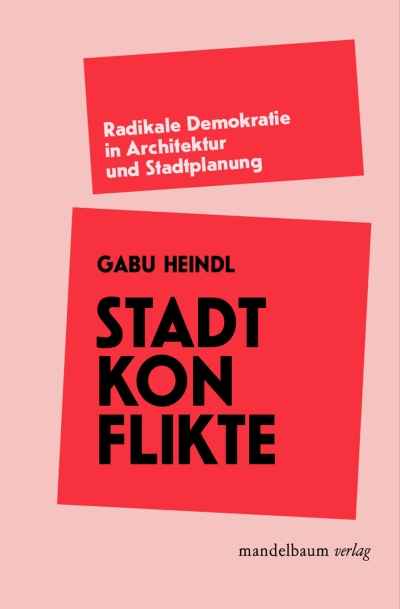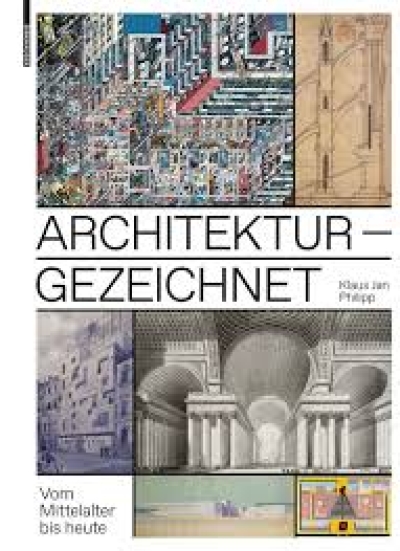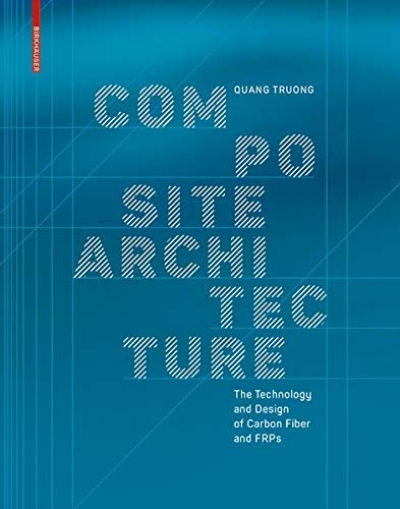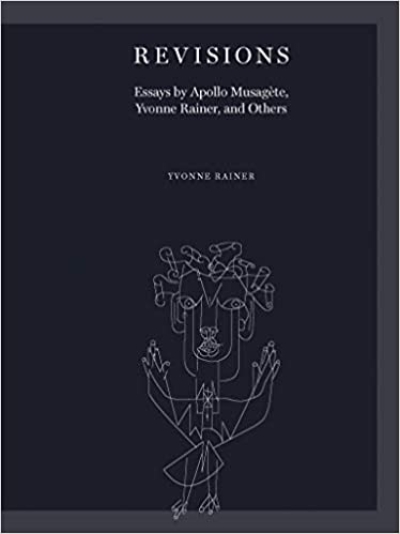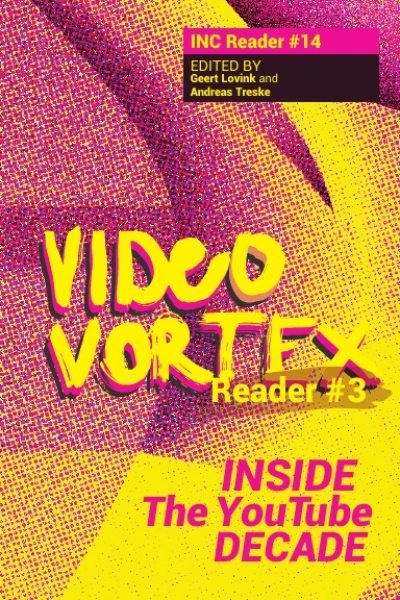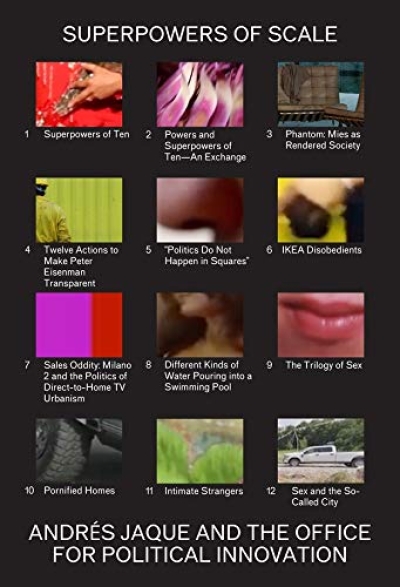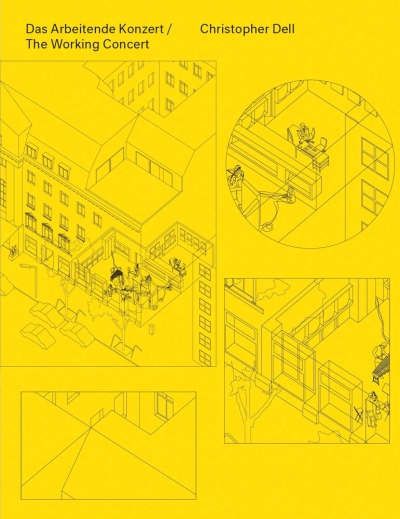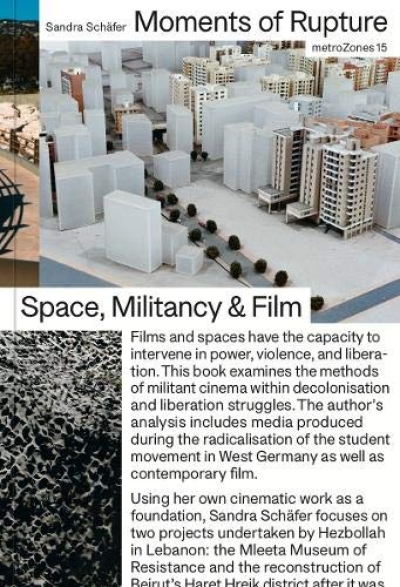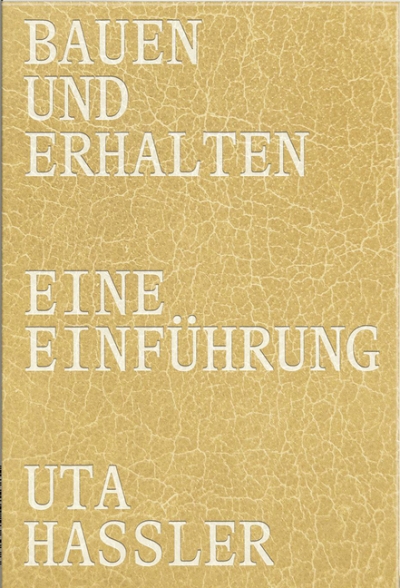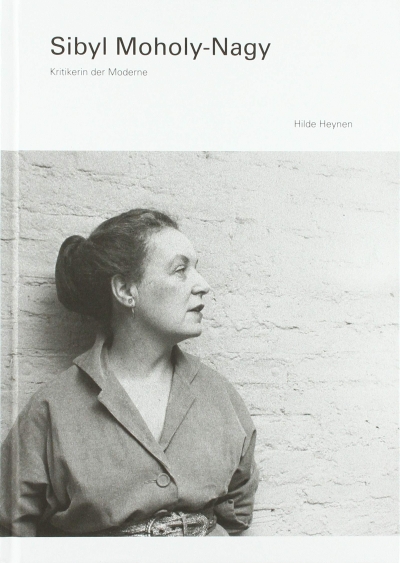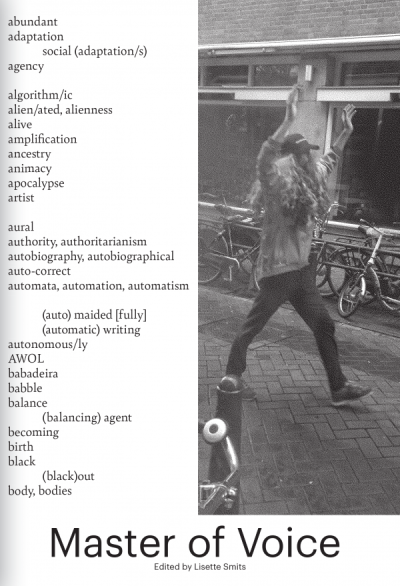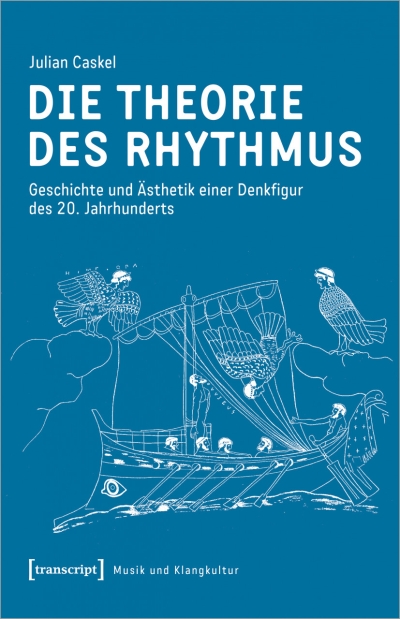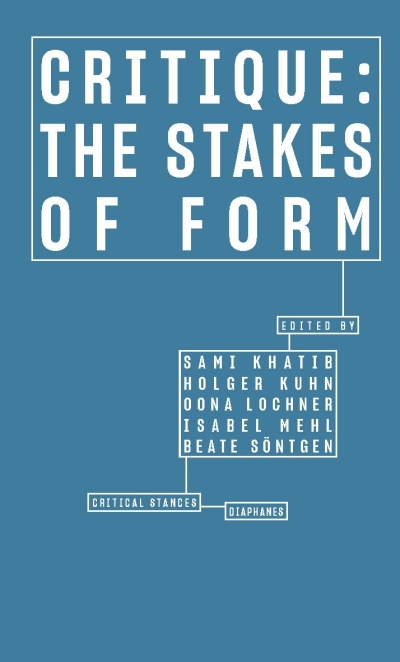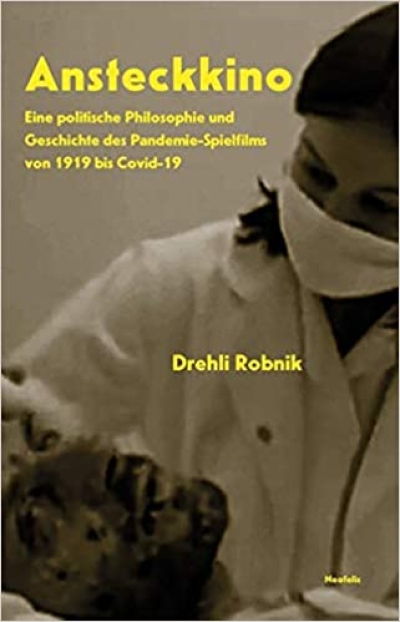
Tomás Maldonado in Conversation with María Amalia García
The Fundación Cisneros/Colección Patricia Phelps de Cisneros is pleased to announce the release of Tomás Maldonado in Conversation with María Amalia García, the second book in the Conversaciones/Conversations series. The 136-page bilingual (English-Spanish) book presents an extended dialogue between the Argentine-born artist, industrial designer and theorist, Tomás Maldonado, and writer and art historian María Amalia García. Additionally, the book includes an introductory essay by architect and design historian Alejandro Crispiani.
Tomás Maldonado (1922, Buenos Aires, Argentina), achieved international recognition for his work at the Hochschule für Gestaltung in Ulm, Germany, one of the most important European schools of design since the Bauhaus where he was professor and rector from 1954–1967, and for his iconic industrial designs such as those he created for the Italian firm Olivetti. Less known is his pioneering role as one of the founders of Arte Concreto-Invención, an Argentinean avant-garde movement characterized by the use of irregular frames, geometric shapes, and a systematic approach to art making. In Tomás Maldonado in Conversation with María Amalia García, Maldonado discusses his early work with the avant-garde art movements in Argentina during the 1940s and 50s and his search for a rationalist approach that would later lead him to the world of architecture, design and aesthetic theory.
His interlocutor María Amalia García, is a researcher at the National Council for Scientific and Technical Research at the Julio E. Payró Institute for the Theory and History of Art [Consejo Nacional de Investigaciones Científicas y Técnicas at the Instituto de Teoría e Historia del Arte “Julio E. Payró,”] Universidad de Buenos Aires, who specializes in abstract art from Argentina and Brazil. Alejandro Crispiani, a professor in the Department of Architecture, Design, and Urban Studies at the Pontificia Universidad Católica de Chile contributed an introductory essay on Maldonado and the idea of the “project” as a driving force in art and design.
With greater range and depth than traditional journalistic interviews, the Conversaciones/Conversations are arranged thematically. They include critical reflections by the authors that elaborate on the specific content of the discussions as well as reproductions of artworks, project sketches, and other items that illuminate the artists’ words. Scholarly and critical introductions build on the content of the conversations by suggesting alternative interpretations of, and perspectives on, the subjects discussed.
Carlos Cruz-Diez in Conversation with Ariel Jiménez, the first title in the Conversaciones/Conversations series, was released to critical acclaim in September 2010. A conversation between Brazilian artist Jac Leirner and Adele Nelson, a doctoral candidate at New York University, the third title in the series will be released in the Summer of 2011. It includes an introductory essay by Robert Storr, Dean of the Yale School of Art.
Subsequent titles include conversations between Alfredo Jaar and Luis Pérez-Oramas, Curator of Latin American Art, The Museum of Modern Art, New York; Luis Camnitzer and Cuauhtémoc Medina, researcher, Instituto de Investigaciones Estéticas at Universidad Nacional Autónoma de México, Mexico City; Liliana Porter and Inés Katzenstein, Director, Department of Art, Universidad Torcuato Di Tella, Buenos Aires; Gyula Kosice and Gabriel Pérez-Barreiro, Director of the Colección Patricia Phelps de Cisneros and Ferreira Gullar and Ariel Jiménez, Chief Curator of the Colección Patricia Phelps de Cisneros.
About the Colección Patricia Phelps de Cisneros
Founded in the 1970s by Patricia Phelps de Cisneros and Gustavo A. Cisneros, the Colección Patricia Phelps de Cisneros (CPPC) is one of the core cultural and educational initiatives of the Fundación Cisneros. Based in New York City and Caracas, the CPPC’s mission is to enhance appreciation of the diversity, sophistication, and range of art from Latin America. Additionally it works to advance scholarship of Latin American art, promote excellence in visual-arts education, and encourage a high level of expertise among Latin American art professionals. It achieves these goals through the preservation, presentation, and study of the material culture of the Ibero-American world—from modern and contemporary art to colonial and federalist furniture—as well as the material evidence of Latin America’s indigenous peoples. CPPC activities include exhibitions, publications, grants for scholarly research and artistic production, and the internationally recognized education initiative Piensa en arte/Think Art.
